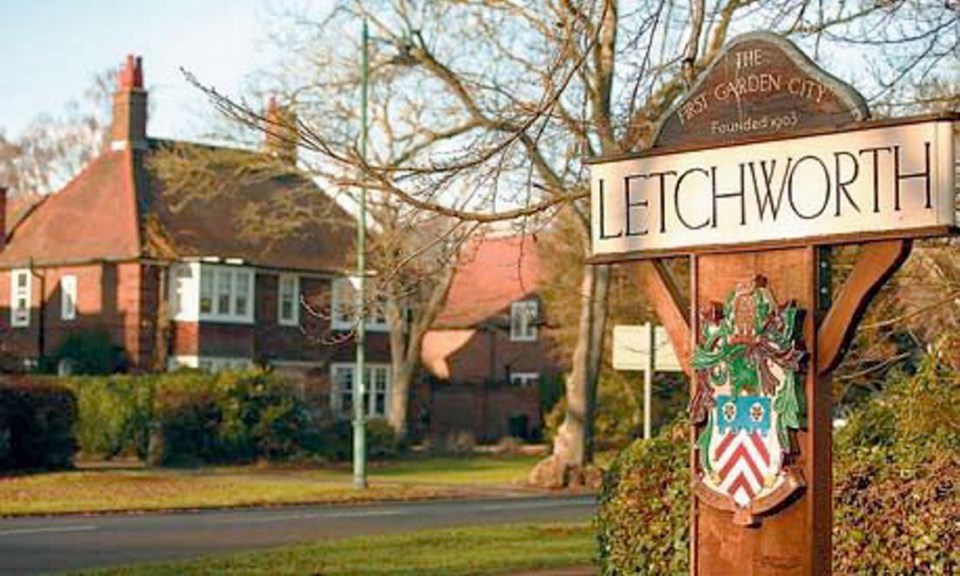In North America, we are 80 per cent urbanized and on average spend 90 per cent of our time indoors. The fact that we spend about 21 to 22 hours a day indoors might come as a bit of a surprise. But if you stop and think about it — or if you keep a time diary for a week, which is what I have my students do — you will see how much time is spent indoors.
To begin with, we sleep and eat there, which is about half a day, and we work, go to school, shop and often play indoors — even in health- and nature-conscious Victoria. On top of that, on average, North Americans spend about half their “outside” time in vehicles, so in the end we spend only about five per cent of our time — a bit over one hour a day — truly outdoors. And since we are 80 per cent urbanized, we spend most of that time outdoors in a built environment.
So, although ultimately our health depends upon the natural environment that provides the most basic determinants of our health such as air, water, food, fuel, materials and other ecosystem goods and services, the built environment is by far our most important immediate environment. Yet in recent decades, we have paid surprisingly little attention to how the built environment influences and shapes how we lead our lives and the implications of that for our health.
It was not always so. In the mid-19th century, the appalling conditions of the slums and factories of the industrializing cities of Britain led not only to the birth of modern public health, but also of modern town planning, as new approaches to improve health. And of course, building codes were established largely to ensure the health and safety of those who lived and worked in those buildings.
By 1875, Sir Benjamin Ward Richardson, a leading Victorian public-health practitioner, could describe a city of health that he called Hygeia, and that had many elements we would recognize today — and some we still aspire to. His writing influenced Ebenezer Howard, founder of the Garden City movement that continues to influence urban planning.
In Canada, the connections between public health and urban planning were even more apparent. In 1909, the federal government established a commission on conservation; today we would call it a commission on sustainable development — there really is nothing new under the sun. However, their notion of conservation was not limited to the conservation of natural or physical resources but included the conservation of “vital resources” — meaning the health and longevity of the population.
Thus the commission established a public-health committee, which became concerned about health in Canada’s burgeoning towns and cities. So in 1914, they invited Thomas Adams — a leading British town planner and secretary of one of the first Garden Cities, Letchworth — to become the commission’s town planning adviser.
In the five years he spent in that role, Adams had a hand in preparing town-planning bills in most of the provinces. He also helped to organize the Civic Improvement League and the Town Planning Institute of Canada.
But over time, the links between urban planning and public health weakened and became lost. In part, I think this is because both public health and urban planning came to see their work together as having been successful, and moved on to other concerns. Public health became more medicalized, while planning became more focused on the automobile and the grander symbols and techniques of highrise towers and urban redevelopment.
But in the past three decades, there has been a slow re-awakening of the links between the design of the built environment — from individual rooms to entire cities — and the health of the people who live there. To a large extent this has arisen from the “healthy cities” movement, and the urban-planning interest in sustainable communities.
In B.C., this led to the creation of the Healthy Built Environment Alliance a decade ago, bringing together architects, urban planners, public-health staff and others to learn from each other. One of the fruits of that collaboration has been the Healthy Built Environments Toolkit, which will be the topic of next week’s column.
Dr. Trevor Hancock is a retired professor and senior scholar at the University of Victoria’s School of Public Health and Social Policy.



